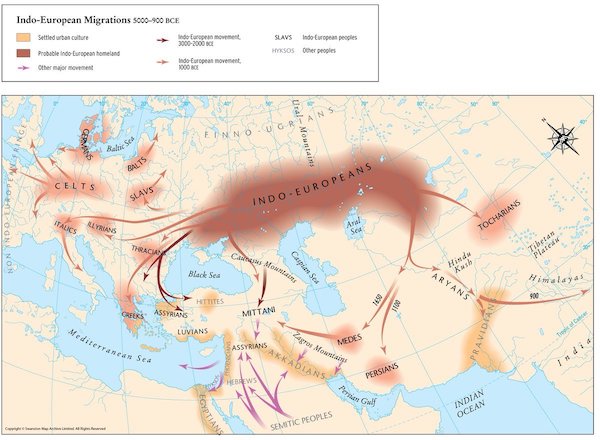
It all begins long, long ago on the Eurasian steppe (as it always does). Note the extent of this migration to North India around 900BCE. It doesn't stop there.
(massive shout out to @BaneBinIch for the original inspiration for this research weeks ago)

It all begins long, long ago on the Eurasian steppe (as it always does). Note the extent of this migration to North India around 900BCE. It doesn't stop there.
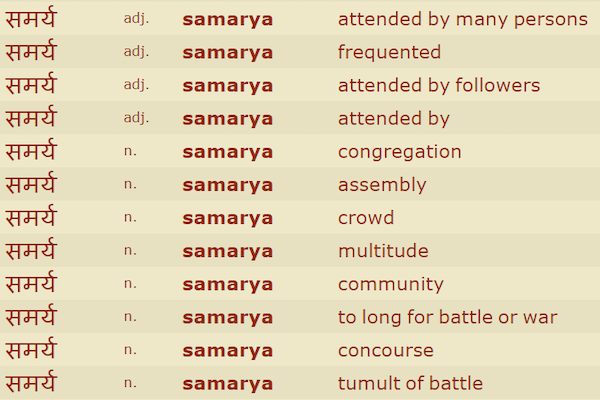
It should be noted that during this time period there came to be a word used for the aristocratic class, समर्य, or Samarya, which as defined is, well... take a look for yourself.

This proto-feudalism sparked by Scythian horse lords spread not just East but West, and with it one of the biggest cultural influences were the practices of building burial mounds (kurgans), can track the migration and spread of these peoples and their cultures, starting with the Korean Kingdom of Silla. (Silla? Scythia? I'm sure it's nothing.)
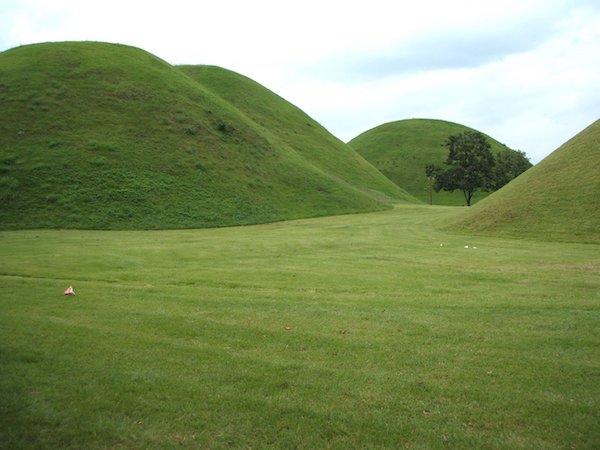
What started as six towns and six clans as a single member, Saro-guk, of a 12 part confederacy, Silla, located on the southeastern end of the Korean Peninsula, soon became the predominant power, becoming the most powerful of the three kingdoms, until civil war weakened it, and was the original Korean kingdom making burial mounds. Interesting! Now the next step, the moment where all the pieces come together. This next part is about The Kingdom of Kibi.
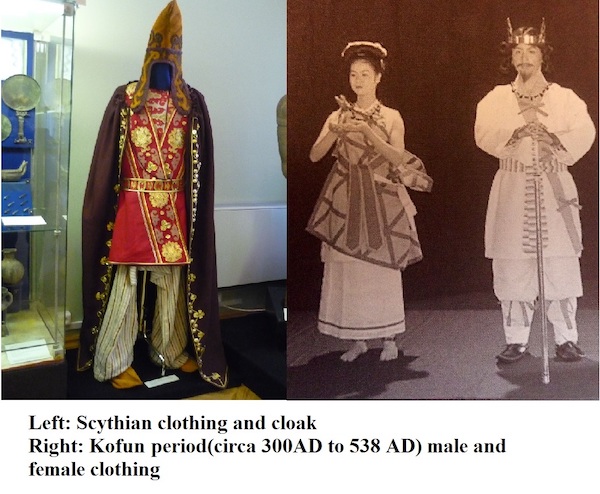
Kibi is an enormous outlier of traditional Japanese culture, and were considered foreign by the other major kingdoms and clans of the time, but having an enormous impact in the shaping of Japan due to their bordering of the powerful Yamato, to whom they'd give tribute to (often women for marriage), and would filter culture and trade to due to Kibi's location between Korea and Yamato.
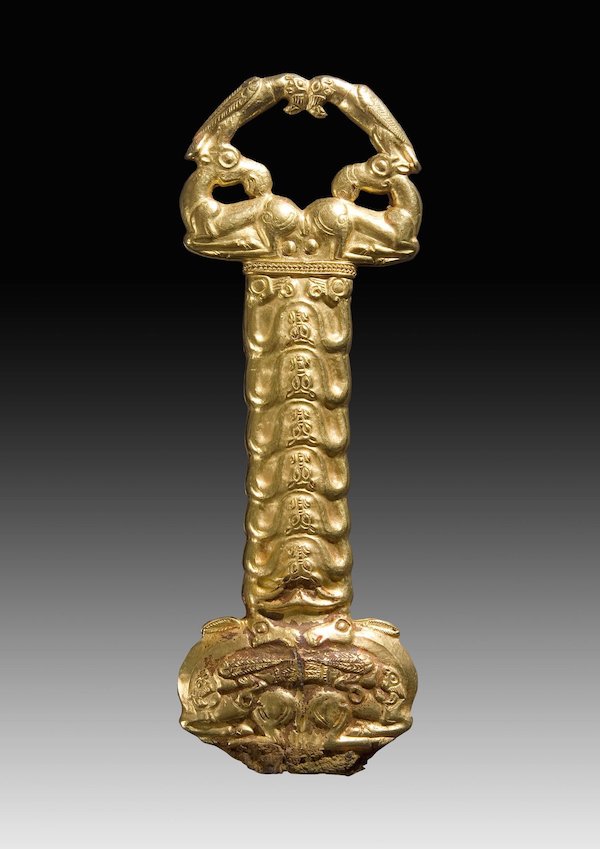
The major influences being their aristocratic feudal system, burial mounds (again!), the dissemination of horse archery (which spread rapidly all long the island, which the Yamato so feared and revered it received its own word, Yabusame) and the art and clothing of the period reflect strongly their Scythian influence along with balbals, or kurgan stelae.
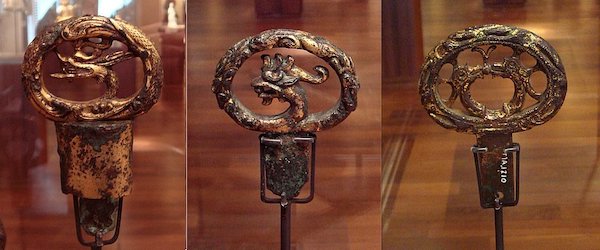
Their feudal system was handed down after the Yamato domination of Japan, and the concept of the Samarya, the foundation of the Samurai class, began with the Taiho Code system of governance during the Nara period, often attributed to China but has strong influence from Kibi.

The beginning of the official Samurai class (Samaryan descendants) began finally with Minamoto Yoritomo establishing himself as the first shogun of the first shogunate during the Kamakura control of Japan, and were tested during the first Mongol Invasion of Japan.

In summation, the reach of the original noble horse warrior nomads of central Eurasia should not be underestimated, and should be considered when looking at history through a critical lens. Nothing happens for no reason, and the more we learn of our past, the more we see truth.
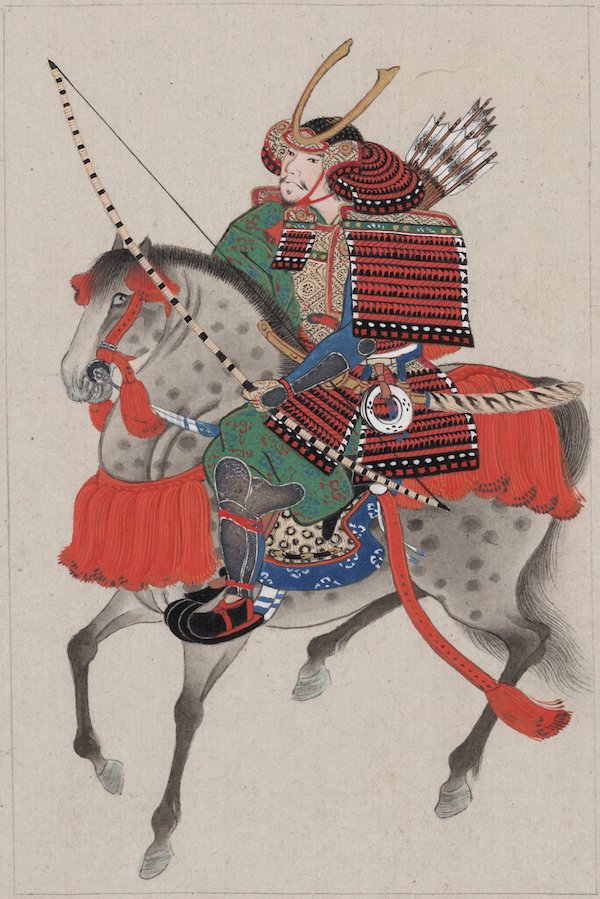
Namaste friends,
and may your wheel spin forever ☸️🐴🤠